"Is that thing safe?"
It's a question I get from other parents sometimes - and it's hard to know how to answer.
By some definitions, any outdoor activity is more risky than sitting on your couch at home. Then again, getting outdoors improves your mental and physical health - it improves your well-being and in that sense, it lowers your risk factors.
We think our families are better off when we get outside and walk, run, scoot, play, explore - and bike together. We also take steps to make the ride as safe as possible!
Infrastructure matters most
The most important factor that affects your safety is the infrastructure that's available to you.
Bike paths, shared-use walk & bike trails, greenways and separated bikeways are safest. These are great places to let your kids ride their own bikes, too!
Protected bike lanes and quiet neighborhood streets are the next-best options. We recommend seeking out these relaxed routes in your community when you're first getting comfortable with family biking.
"Paint lanes" and shared lanes with car traffic are bikeable, but they do require more experience, awareness and defensive riding, especially if drivers might travel at 30+ mph.
The sidewalk can be a safe option for negotiating a tricky intersection or getting past a road hazard, but we don't recommend it for regular commuting unless it is very wide and spacious, designed for shared use.
Advocating for safer infrastructure is one of the most important steps you can take to make biking safer for yourself, your kids, and your whole community.
A bike bus, critical mass ride or family slow ride is another great way to create a safer biking environment.
The right bike
You are safest on a bike that you feel confident handling. A bike that makes you nervous to stop, start, or turn is not safe to ride near car traffic.
If you are not a confident city cyclist, the trike format can be very helpful in making it easier for you to maneuver. You can start, stop, and wait at a red light without needing to balance. You're also more likely to stay upright in the case of a minor collision.
Electric assist also helps make your bike easy to maneuver - so you can move quickly when it's your turn to go.
It is possible to tip a trike, especially if you ride too aggressively or at high speed through turns or potholes. We recommend taking turns slowly, especially when you're first getting used to how the trike handles.
If you do ever tip your Bunch Bike, it's designed to tip onto the side rail, so your kids stay protected inside the passenger compartment.
Seatbelts for safety
In a box bike - as in a golf cart, ATV or car - the seat belt is your most important safety equipment. That's because in the event of a sudden stop, tip, or accident - you want your kids to stay securely seated inside the passenger compartment, rather than getting thrown from the bike.
Kids should wear seatbelts every time they ride in the bike. The seatbelt should be adjusted tightly enough to keep your child secure in their seat. Place the shoulder clip high on the child's shoulderblades, just below the neck, to keep the straps from slipping.
For children under the age of 4, you may need to use the "toddler position" on the seatbelt straps to get the belts short enough. (See video here.) Some toddlers also benefit from an added chest clip, especially if they are wearing bulky coats.
Babies under 18 months should ride in a toddler seat, infant seat, or car seat with base.
Teens and tweens who grow too tall for the shoulder straps can switch to a lap belt instead.
Taking the time to adjust and fit the seatbelt properly is an essential safety step. If you need help, please contact us!
Helmet protection
We strongly recommend helmets for both kids and adults. That's because if you do hit your head - a helmet can make the difference between a minor misadventure and a trip to the ER, serious injury or even death.
In order to be effective, a child's helmet must be properly fitted. Check that it is positioned so that it covers the forehead to just above the eyebrows.
Most youth helmets have an adjustment knob in the back. Tighten so that it's snug enough to stay in position - it should not tip forward or back when the child nods or shakes their head.
Next, tighten the chin straps so that the helmet is held firmly in place. If there are separate adjustments behind and in front of the ears, shortening the front straps can help keep the helmet in the correct position.
Older children should be taught how to check and adjust their own helmets. Understanding the "why" behind these safety rules will help them continue to make good choices as they grow into the teen years - and spend more time riding independently, perhaps out of your sight.
Babies under 12 months or with limited head and neck control may be safer without a helmet if they are protected by a properly fitting baby seat.
At 12-24 months, we like the Giro Scamp XS helmet because it is lightweight and flatter in back, more comfortable for use in the toddler seat. Our favorite helmet for preschool and school-aged kids is from woom. Its full-coverage design makes it more likely to stay in the correct position without tilting.
You are the role model
Nowadays most parents put helmets and seatbelts on their kids as a matter of course. It's a good way to build healthy habits, so that safety is just an automatic part of their routine every time they use a vehicle.
Yet sometimes we see those same parents biking without a helmet themselves. In truth, your head is just as vulnerable as a child's would be. And if you suffer a serious head injury - your whole family will be affected.
We recommend that adults wear a helmet every time, too. It's safer for you - and it underscores the safety lessons that you're teaching your children.
Every family is different
Some families bike commute in heavy car traffic. Others ride only on beach boardwalks or beautiful protected bikeways.
Some kids wear helmets starting at 12 months. Others aren't able to use them due to medical or adaptive equipment.
Some kids wear shoulder-strap seatbelts. Some use lap belts. Some need safety vests, five-point harnesses or special supportive seating.
We encourage all our families to use seatbelts and helmets every time. We also know that you are the expert on your family's needs and circumstances. The Bunch Bikes Club on Facebook is a great way to share tips, suggestions and questions on how to make your bike ride safer for your family.




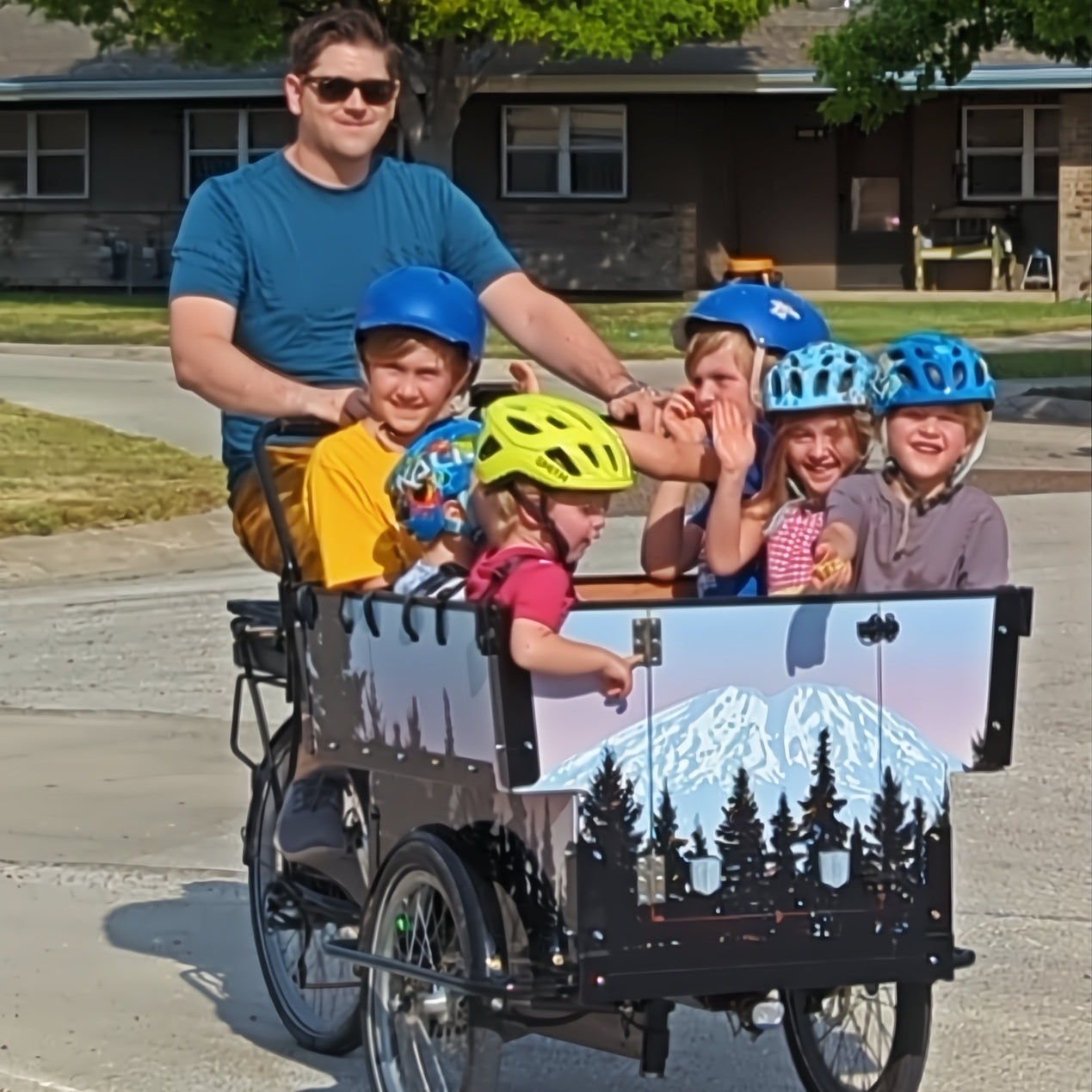


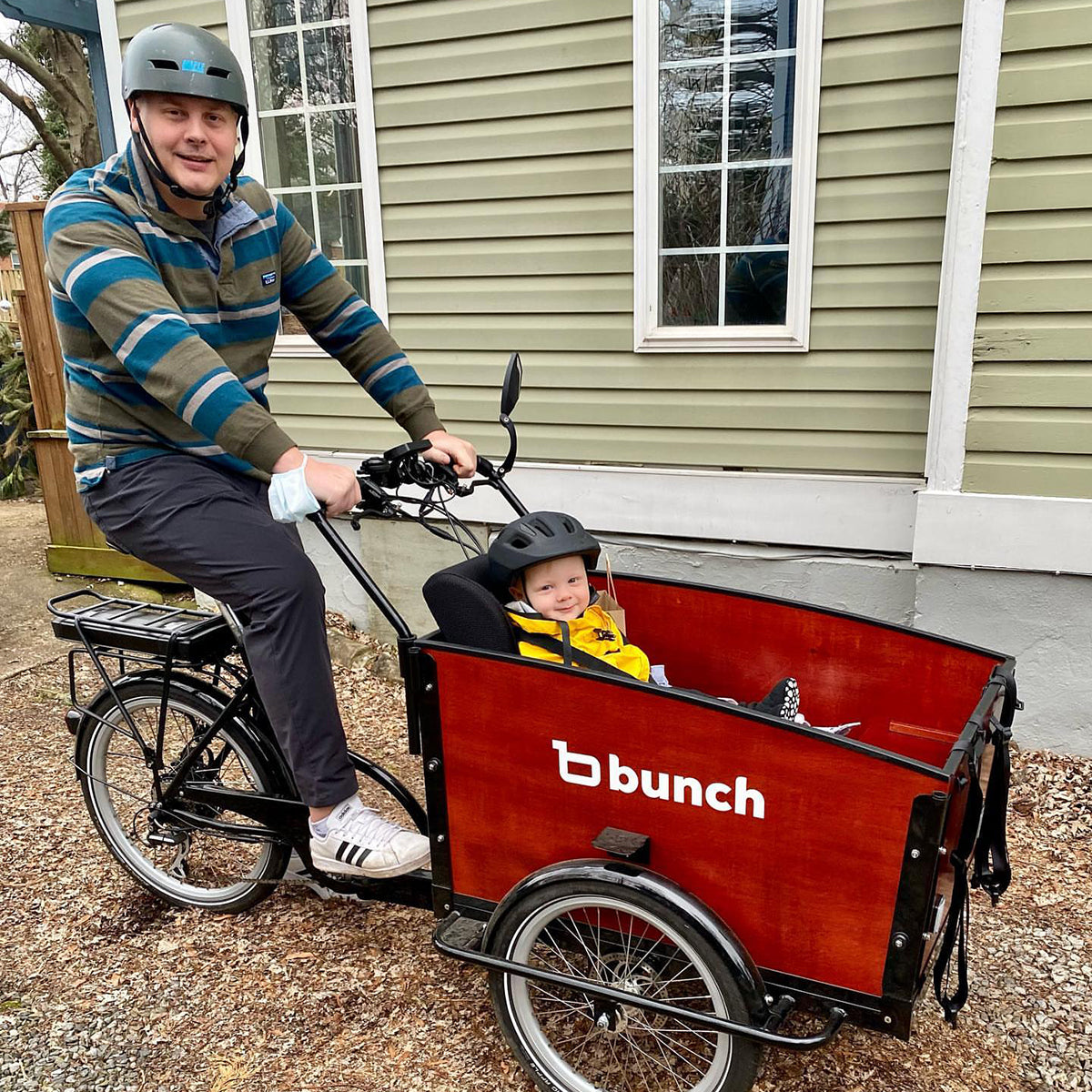
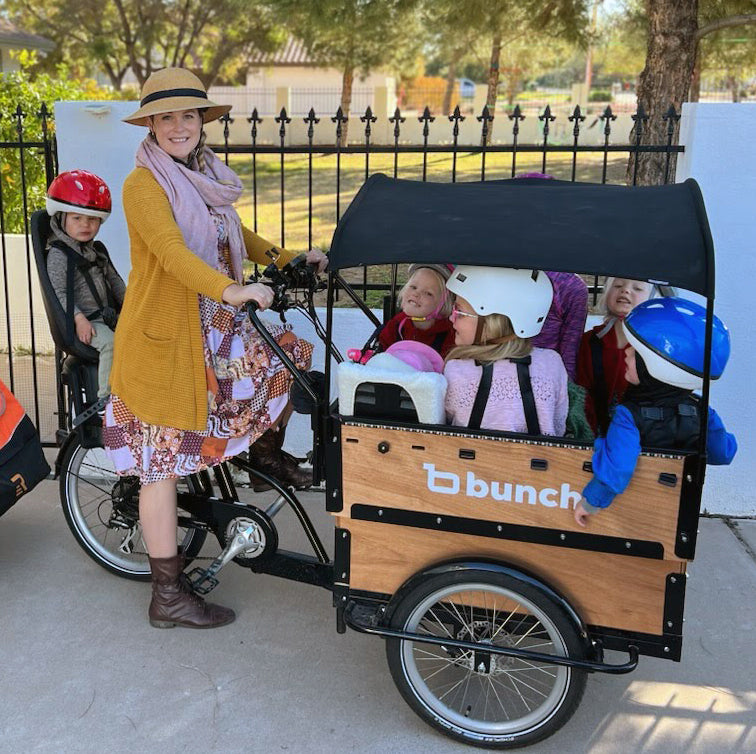
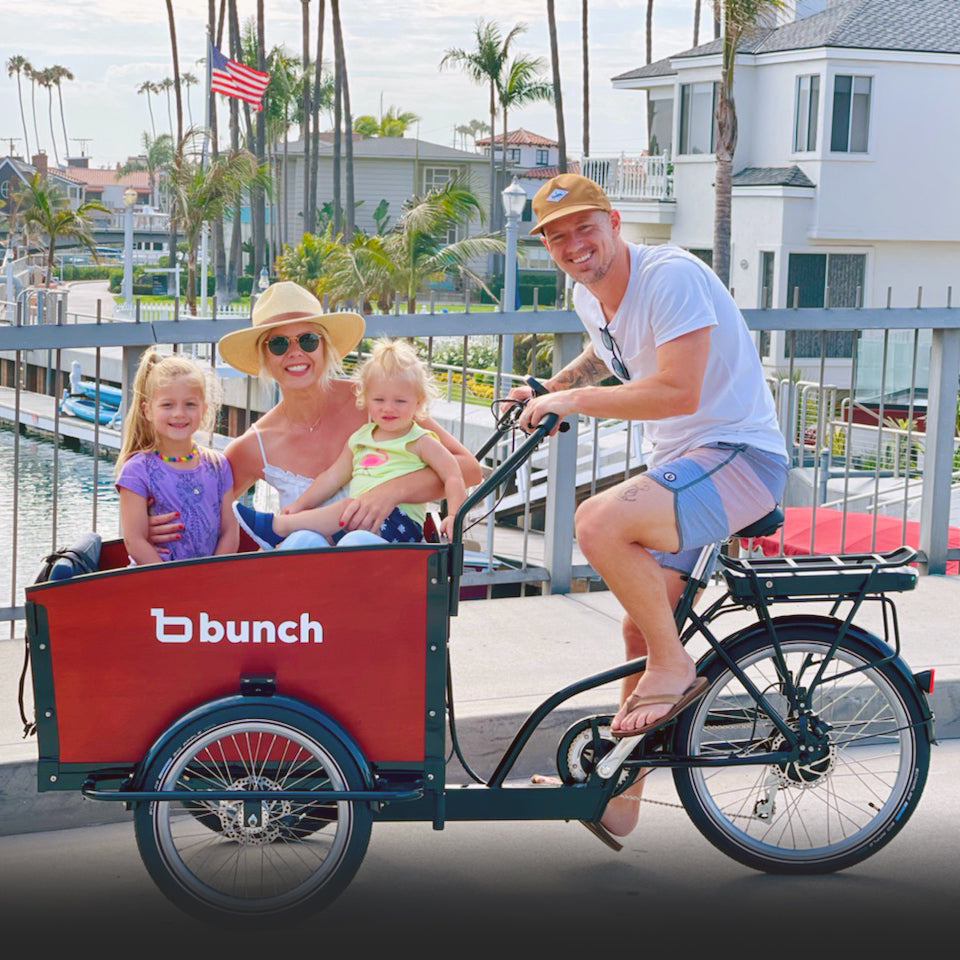

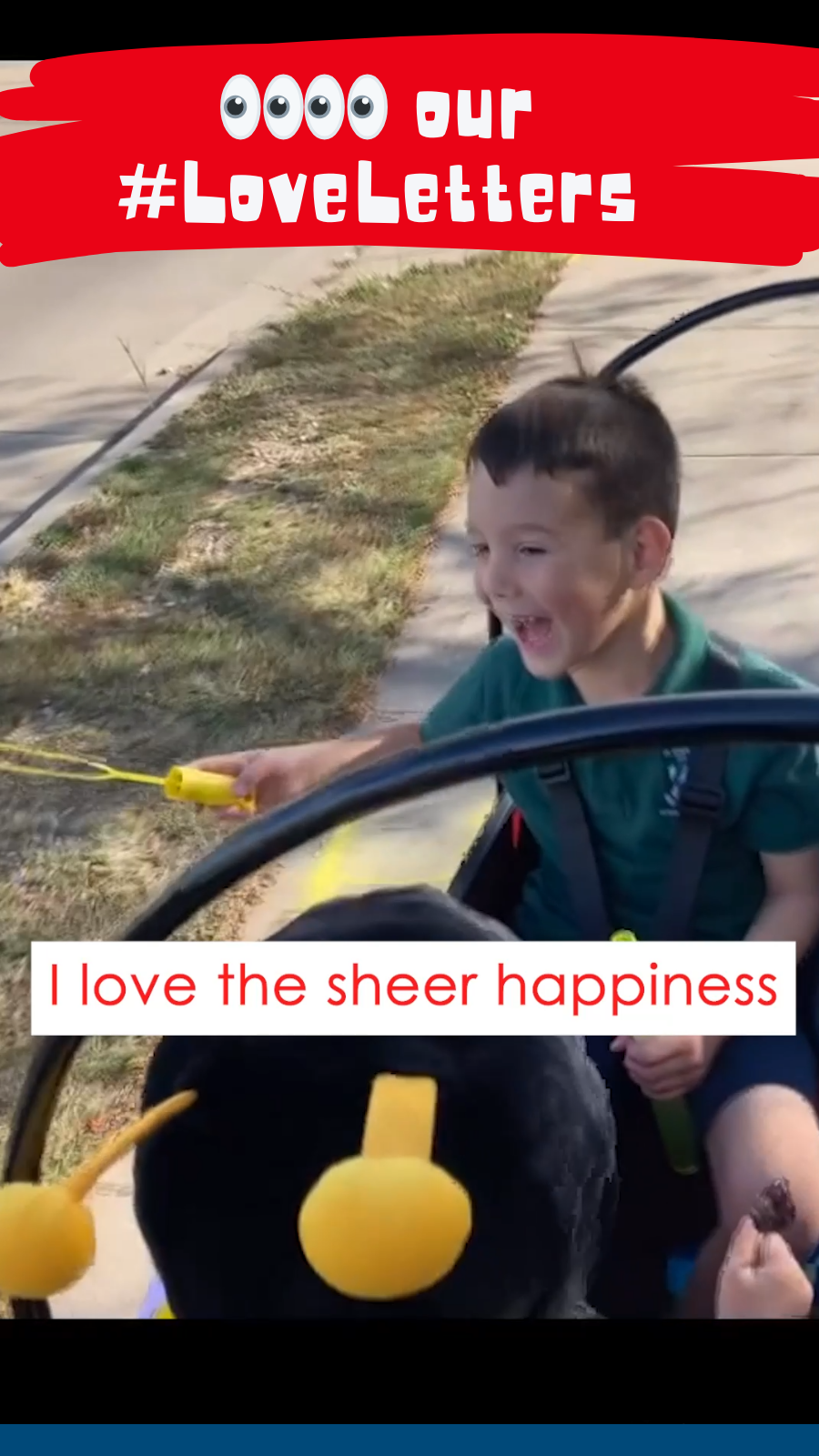
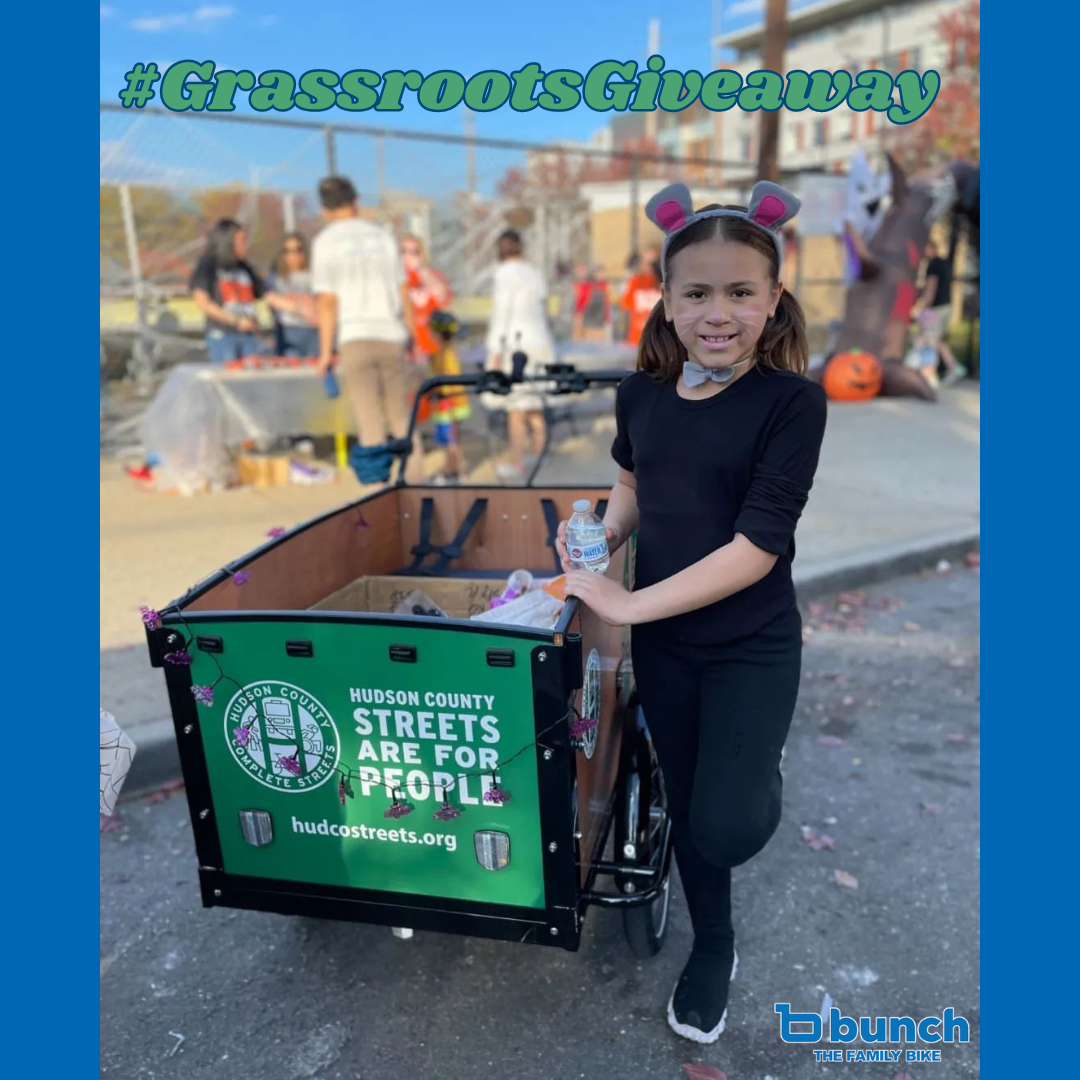
Leave a comment
All comments are moderated before being published.
This site is protected by hCaptcha and the hCaptcha Privacy Policy and Terms of Service apply.